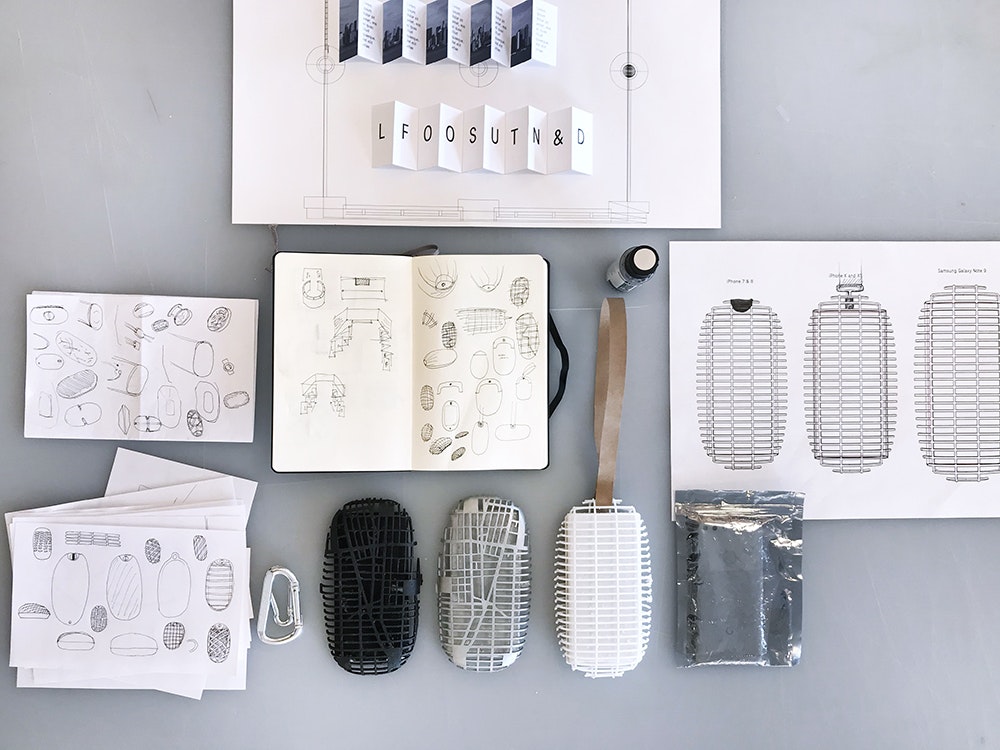Design Concepts to Help New Yorkers Fall Back in Love With Their City

Taking the subway in the wrong direction for many stops; getting blindsided by the unimaginable smells emerging from the MTA; living among 8.6 million people but feeling completely anonymous, even isolated. These are some of the experiences IDEO’s New York community described when asked what living in the Big Apple is like.
New York is a city that invites (or demands) personal reinvention and grit, a home where you choose your own adventure and meet your true self.
While everyone comes to New York for different reasons, chances are each person is drawn to the seemingly endless opportunities, rich culture, and potential for discovery. The city is a blank slate for bucket lists that keep on growing. But New York is also notoriously difficult for many to navigate and discover. In the midst of everything going on, it’s hard to stop and see the magic that brought us here in the first place.
In the true spirit of design provocation, a handful of us at IDEO New York asked ourselves: How might we help New Yorkers get lost in the city, and by doing so, allow them to discover something new and surprising along the way?
In between projects, we gave ourselves a job—design some speculative concepts to bring these two complex, potentially oppositional ideas to life.
Lost
The first design concept, Lost, explores how we can lose ourselves in the city by going off the grid. As we asked people how they disconnect in the Big Apple, we heard about different rituals to reclaim time and attention: from turning on Do Not Disturb mode to giving an iPhone to the local bodega for safekeeping.
Intrigued by the implications these tactics had on a person’s digital footprint, we took this idea even further. Instead of simply flipping a switch or hanging our phones off to a confidant at the corner store, we explored sealing off our entire digital footprint with a 3D-printed aluminum Faraday cage. By blocking all wireless emissions, a Faraday cage is one of the only surefire ways to ensure your phone is safe from transmittance.

We added a touch of personalization to the design—the grids of the 3D printed file mirror the New York City map. By going off the grid before setting out to explore New York, you reclaim your anonymity, commit yourself to living in the moment, and immerse yourself in the serendipity of the city.

Found
You can find virtually any tidbit of information with a few taps: movie times, breaking news, the exact Pantone shade of a celebrity’s jacket. Our second design concept, Found, explores how we might reintroduce discovery and spontaneity into our daily lives.
As a nod to the legacy of open-world gaming maps, the app—affectionately named Streetheart—begins with the map of New York City shrouded in darkness. As the user moves, the app reveals the paths of the city that you explore, block by block, avenue by avenue.

By illustrating how much of New York City is (always) left to uncover, Streetheart encourages you to leave your comfort zone and embrace the curiosity and spontaneity that made the city magic in the first place. The percentage discovered feature reminds you of the scale of New York City and humbles even the most high-handed New Yorkers.
We pushed things a little further and coded a web prototype to test our concept out in the Big Apple. In just an hour and fifteen minutes, we discovered beautiful brownstones in Boerum Hill, a bustling downtown Brooklyn, an unusual park hidden near the Manhattan Bridge, and so much more. Yet a quick peek at the app revealed we only discovered 0.6225% of New York City.
In a city fueled by efficiency and hustle, we’re fascinated by choices that help us slow down, even if it means intentionally designing not for convenience, but inconvenience. We hope that Lost and Found allow you to lose yourself in New York City—and by doing so, rediscover the city and each other.
Words and art



Subscribe

.svg)







